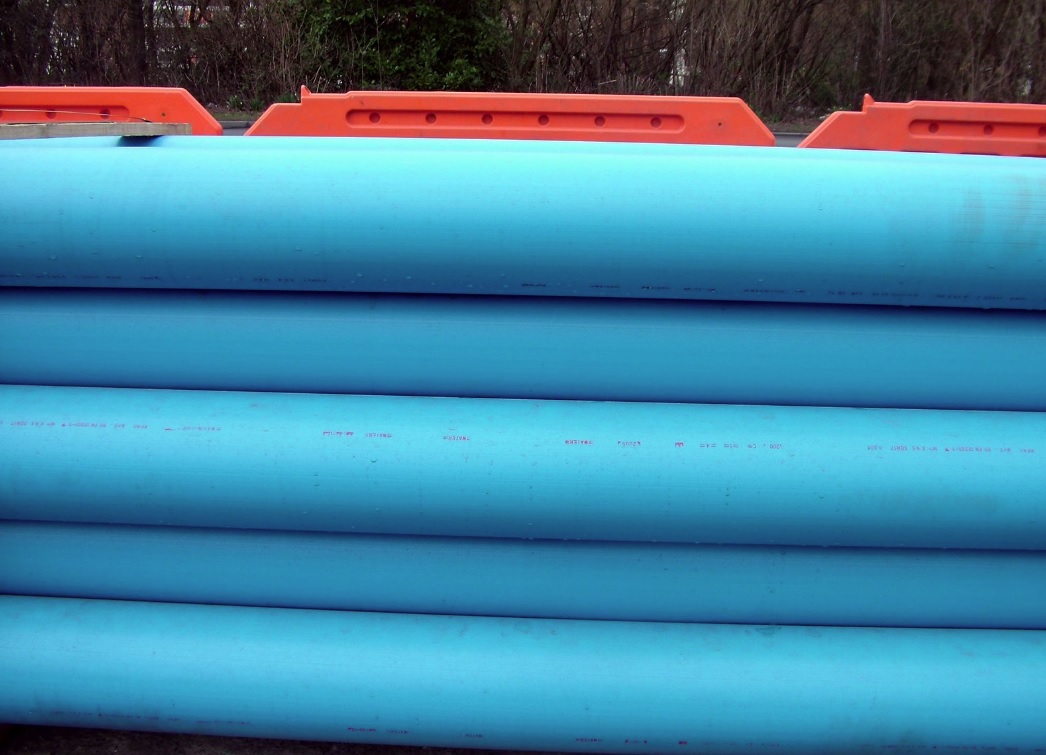Homeowners should understand how their water supply lines work. This will help them to detect problems, describe those issues to a plumbing contractor and to deal with emergencies. In this article, we will take a closer look at plumbing water supply lines so that you can make informed decisions.
What is a Water Supply Line?
Water supply lines transfer water from the main line that runs under the street into your home and then to your plumbing fixtures, such as: sinks, showers, tubs, water using appliances and more. The main line can be made from plastic or metal and it’s buried under the yard which can make access difficult.
Where are the Water Supply Lines?
When you look under a sink in your home, you can see a water supply line. But, they can be seen running into the water heater and to every hot tap, dishwasher, washing machine and showerhead. There may be a freshwater supply line that leads to the outdoor faucet where you connect a garden hose or irrigation system.
How Does the Supply Line Material Affect the System?
The function of water lines is to carry fresh water from the public source or private well to where you want it. But, there are considerable demands on these water carrying pipes and the material, thickness and size of them is important. There are several materials in use and they are better at certain applications when they are compared with each other. The three main plastic pipes are CPVC, PEX and PVC which may seem confusing. But, the primary difference between them is that CPVC and PEX can carry hot water and PVC cannot. This illustrates why you may have different pipe materials supplying freshwater in your home, including: CPVC, PEX, PVC and copper.
What is the Relationship Between Water Quality and Supply Lines?
Most people think that water supply lines are clean on the inside because they only carry clean freshwater. This is incorrect, even clean drinking water can cause a buildup on the inner wall of the supply lines. This will gradually degrade the performance because the pipe narrows as the buildup becomes thicker. The main cause is hard water that leads to a buildup of scale which will reduce the diameter of the pipe and lower the water pressure. Another potential problem is iron bacteria which creates a slimy substance that will narrow the water supply lines to degrade performance.
Are There Other Potential Problems?
If the water pipes are old or faulty, they are prone to leaks which can cause localized flooding and water pressure issues. Water supply lines can be prone to freezing and bursting because water expands as it freezes. An older compromised pipe can contaminate the water and if the surface is lead or galvanized steel this is a serious problem. Finally, if the connections in the supply line are loose this can lead to a slow leak which may release a large volume of water over a longer period of time. This can be hard to detect and it can lead to extensive water damage in the home.
If you need a health check for your water supply lines or it’s time for an upgrade, contact your local plumber today.





